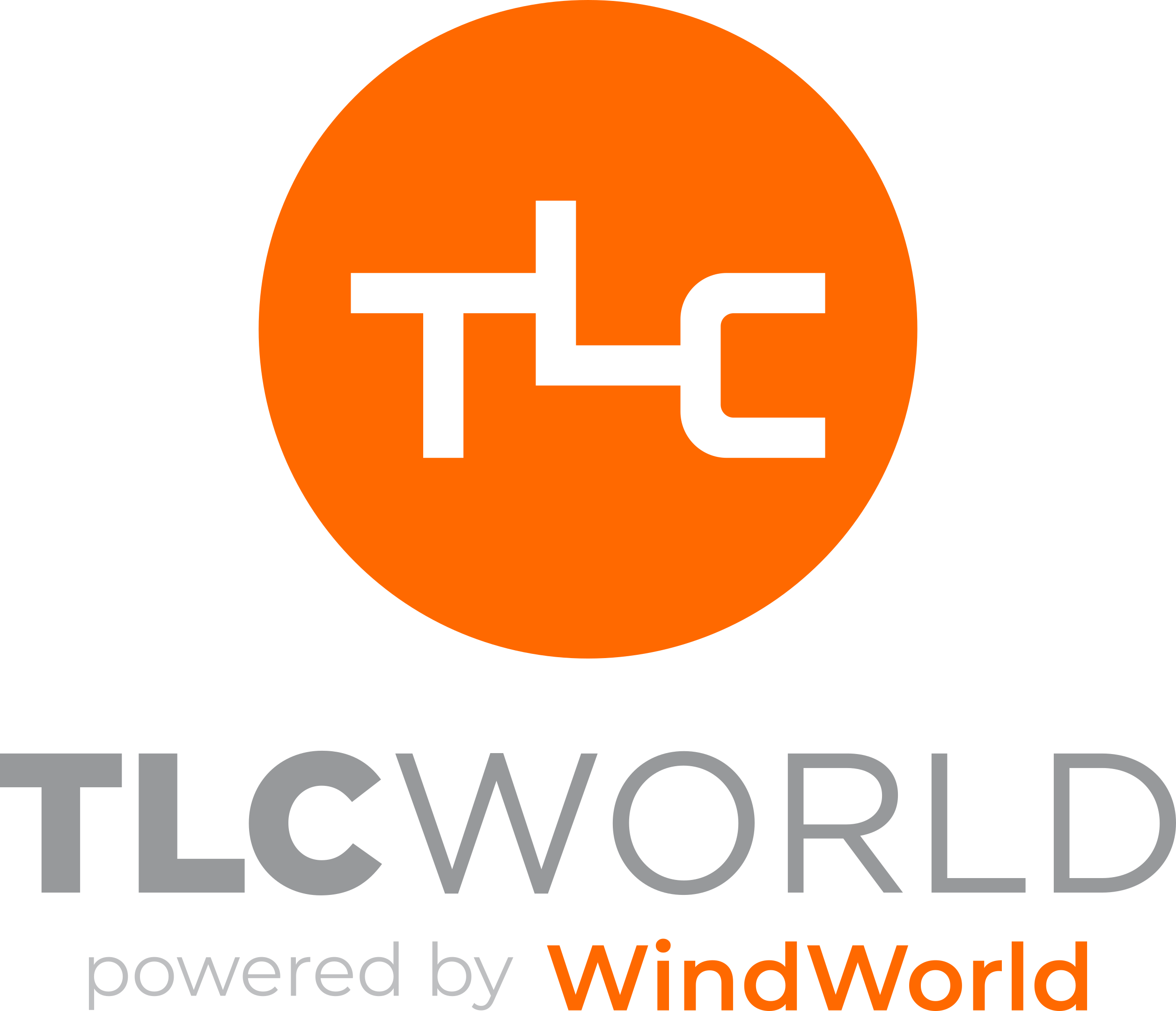Just barely. Besides, the statement that one technology PENETRATES building
better is a misnomer anyway, since RF penetrates to the same degree at a
given frequency, regardless of the underlying modulation technique. What
does differ is the ability for various schemes to cope with extremely weak
signals, which might be where the statement originates from.
CDMA can cope with markedly weaker field strengths than GSM, and IF ALL
OTHER THINGS WERE EQUAL this would translate to better in-building service
for CDMA. However, in a dense urban environment where sites are quite close
together (and are operating at far less than their maximum output), this
single variable no longer has quite the same impact (and in fact, often has
the REVERSE effect).
CDMA sites in close proximity must deal with the problem of channel
pollution, which occurs when far too many signals exist in one place. For
this reason the overlap on CDMA sites must be tightly controlled, which
means limiting the range of the site so that only minimal overlap occurs
with neighboring sites. GSM networks can get away with greater overlap
simply because the next co-channel site may be 2 or 3 tiers out from any
other site.
Making direct comparisons between two networks is always a difficult thing,
since they just about NEVER have sites in the same locations. Site proximity
is the biggest single factor to in-building penetration. And remember that
even in free space, RF signals fade at rate of DISTANCE SQUARED. It has been
demonstrated however, that in terrestrial systems the fade rate is more
along the lines of DISTANCE CUBED. That means a site located 1/2 mile away
will have 8 times the signal of a site at 1 mile, and 27 times the signal of
a site located 1.5 miles away.
Even when sites are the same distance, obstacles between you and site can
have a devastating effect. A small forest for example can knock 30 dB off of
a signal, which can make the difference between a really strong signal, and
no signal at all.
I don't know what sort of site density is offered by AT&T in your area,
especially compared to whichever CDMA provider your friend had, but it is
highly likely that the CDMA provider had a much higher site density. If you
want proof that a well-engineered GSM network can penetrate buildings as
well as, and often better than, a well-engineered CDMA network, you should
come to Toronto some time.
--
Steve Punter
http://www.arcx.com/sites
